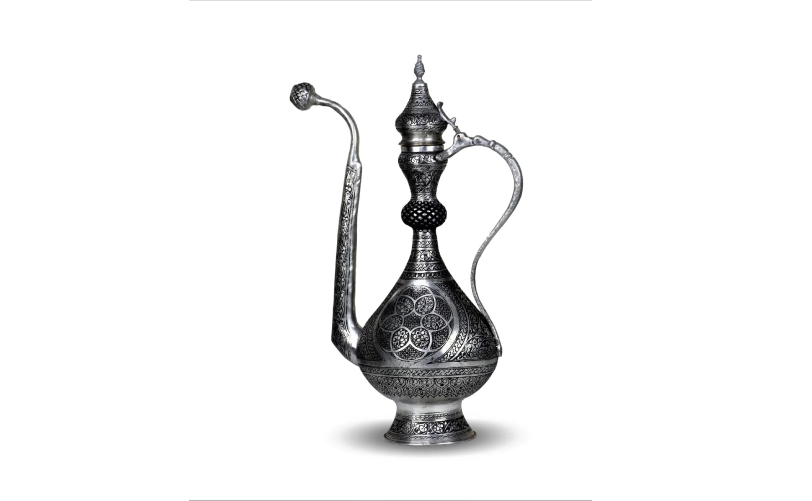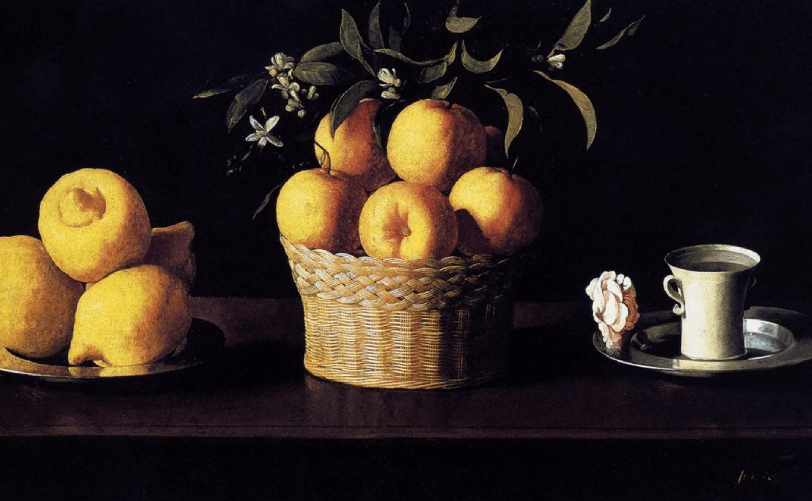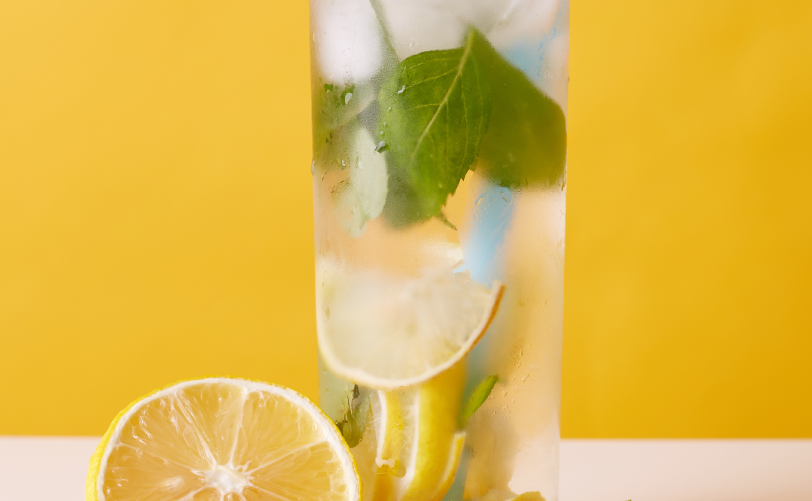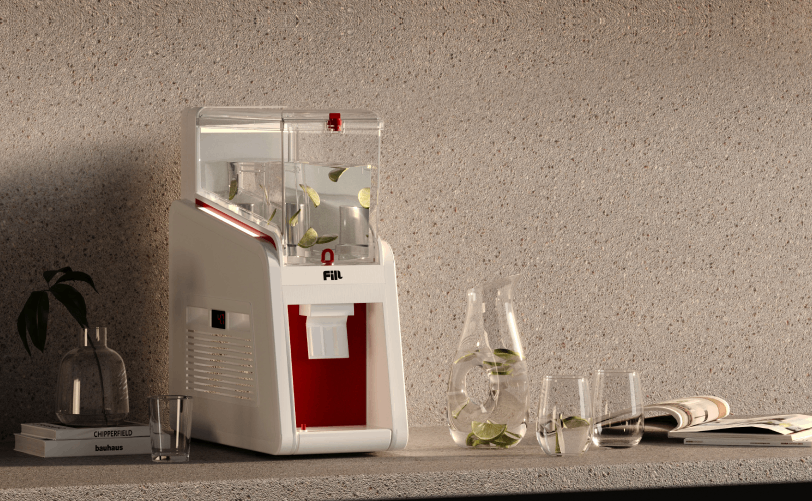
Today’s equipment known as “cold drink machines,” “lemonade dispensers,” or “sherbet containers” has undergone a long evolution not only in terms of serving beverages but also in functionality and design. Beverage dispensers have become a professional solution, especially in the Horeca (hotel, restaurant, café) sector, offering fast, hygienic, and efficient service. But how did this journey begin?
1. Traditional Beginnings: Sherbet Containers and Lemonade Dispensers
In the traditional beverage-serving culture that stretches from the Ottoman era to today, sherbet was one of the most popular refreshing drinks, especially during the summer months. Ornate sherbet containers made of copper or glass were notable for their aesthetic presentation as well as ease of use. Similarly, lemonade was widely consumed from mansions to the streets and lemonade dispensers helped keep the drink fresh.
Although these early tools, considered the ancestors of today’s beverage dispensers, allowed for hygienic service, they did not have features like keeping the drinks cold.
2. Mechanical Transformation: The First Automatic Dispensers
With the Industrial Revolution starting in the late 19th century, the storage and serving of beverages became more systematic. The first mechanical beverage dispensers made it easier to serve drinks in precise portions. These machines were especially adopted in cafés, hotels, and canteens.
Although cooling systems were still quite primitive at the time, these innovations marked the first step toward automation in beverage service.
3. Evolution of Refrigerated Systems: Embracing Technology
With the development of electrical systems in the 20th century, beverage dispensers became usable as cold drink machines. Traditional ice-cooled methods were replaced by electric refrigeration systems. This allowed drinks like lemonade, fruit juices, and sherbets to be kept fresh and cold for longer periods.
During this time, single-chamber machines were predominant. However, technological advancements led to the development of multi-chamber, modular systems.
4. Modern Dispensers Today: Innovative Solutions with Fill
Today, beverage dispensers stand out not only for their cooling capabilities but also for design, hygiene, energy efficiency, and ease of use. Fill beverage dispensers, offering solutions tailored specifically to the horeca sector, are among the leading innovative brands in this field.
The Fill Classic model, with its 19-liter tank, guarantees reliable service even during peak hours. Its single, double, triple, or quadruple tank options allow different drinks to be served simultaneously. The ability for each tank to operate independently saves energy and makes it possible to serve different beverages at their optimal temperatures.
Thanks to its patented spray system, drinks are dispensed evenly and without foaming. This system makes a significant difference especially when serving lemonade, sherbet, and fruit juice beverages.
5. Digitalization and Future Vision: Smart Dispensers
In recent years, technologies such as digital thermostats, touchscreens, and IoT connectivity have started to take center stage in beverage dispensers. As seen in some of Fill’s professional models, these systems allow for more precise temperature control, service monitoring, and optimized energy efficiency.
Additionally, the use of sustainable materials and low-energy consumption motor systems contributes to environmentally friendly solutions. In the future, with AI integration, systems that analyze beverage preferences and optimize service speed will become increasingly common.
6. Choosing the Right Dispenser for the Horeca Sector
Selecting the right beverage dispenser is crucial for cafes, hotels, restaurants, and catering companies. Factors such as the establishment’s service capacity, types of beverages served, and environmental conditions play a key role in this decision.
A 19-liter tank is usually sufficient for a medium-traffic café. However, for high-capacity businesses, opting for multi-tank models may be more practical. Thanks to modular solutions offered by brands like Fill, scalable systems can be tailored to user needs.
Conclusion: A Journey from Tradition to the Future
Beverage dispensers have traveled a long way, from the traditional sherbet serving vessels of the Ottoman era to modern lemonade machines in today’s cafes. Brands like Fill combine this rich heritage with contemporary technology, offering businesses and users practical and aesthetic solutions.
Whether you’re seeking a nostalgic sherbet dispenser or a high-capacity cold drink machine, today’s dispenser technology provides functional options to meet every need.



